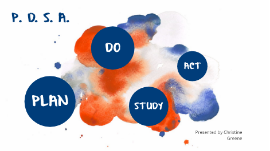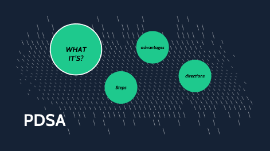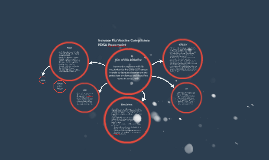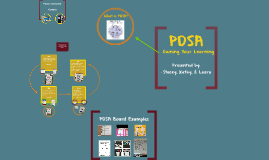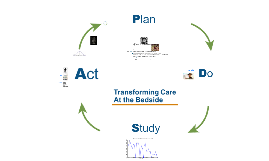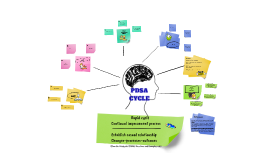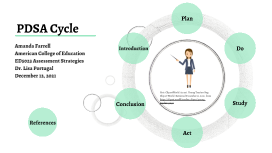PDSA
Transcript: Zoom out for more assets Asset library B Affect of change positive/negative C Implement positive changes Key measurement KPI Success/failure A A Monitor outcomes STUDY CHECK Modify/remove negative changes B ACT (A) C B Begin the process again never ending cycle Monitor progress Create a group C DO (D) A Prepare training resources Example: Patient Satisfaction Surveys Cycle 1: Display surveys at checkout, encourage patients to fill them at desk. Cycle 2: Provide surveys and envelopes, encourage home completion over 2 weeks. Cycle 3: Place surveys in exam rooms, ask nurses to introduce them after vitals. A Eficient use of data Best data collection strategies Improved return on failure ratio Clear focus on project Ideas are tested before implementing A Identify the issue Benefits Limitations & Aplications B PLAN (P) PREDICT Poor adaptation to different issues Insufucient data analysis No proper training and investment Incomplete reporting of results B PDSA CYCLE Formulate theory C Testing changes before implementing small/big process Using hypothesis in the process of change Testing changes for improvement Estimating potential for improvement and check effectiveness C Put plan into action References Plan-Do-Study-Act (PDSA) Directions and Examples. (n.d.). Agency for Healthcare Research and Quality. https://www.ahrq.gov/health-literacy/improve/precautions/tool2b.html Taylor, M., McNicholas, C., Nicolay, C., Darzi, A., Bell, D., & Reed, J. (2013). Systematic review of the application of the plan–do–study–act method to improve quality in healthcare. BMJ Quality & Safety, 23(4), 290–298. https://doi.org/10.1136/bmjqs-2013-001862 Katowa-Mukwato, P., Mwiinga-Kalusopa, V., Chitundu, K., Kanyanta, M., Chanda, D., Mwelwa, M. M., Wahila, R., Mundia, P., & Carrier, J. (2021). Implementing Evidence Based Practice nursing using the PDSA model: Process, lessons and implications. International Journal of Africa Nursing Sciences, 14, 100261. https://doi.org/10.1016/j.ijans.2020.100261 Rapid cycle Continual improvement process Establish casual relationship Changes-proeesses-outcomes (Plan-Do-Study-Act (PDSA) Directions and Examples, n.d.)






